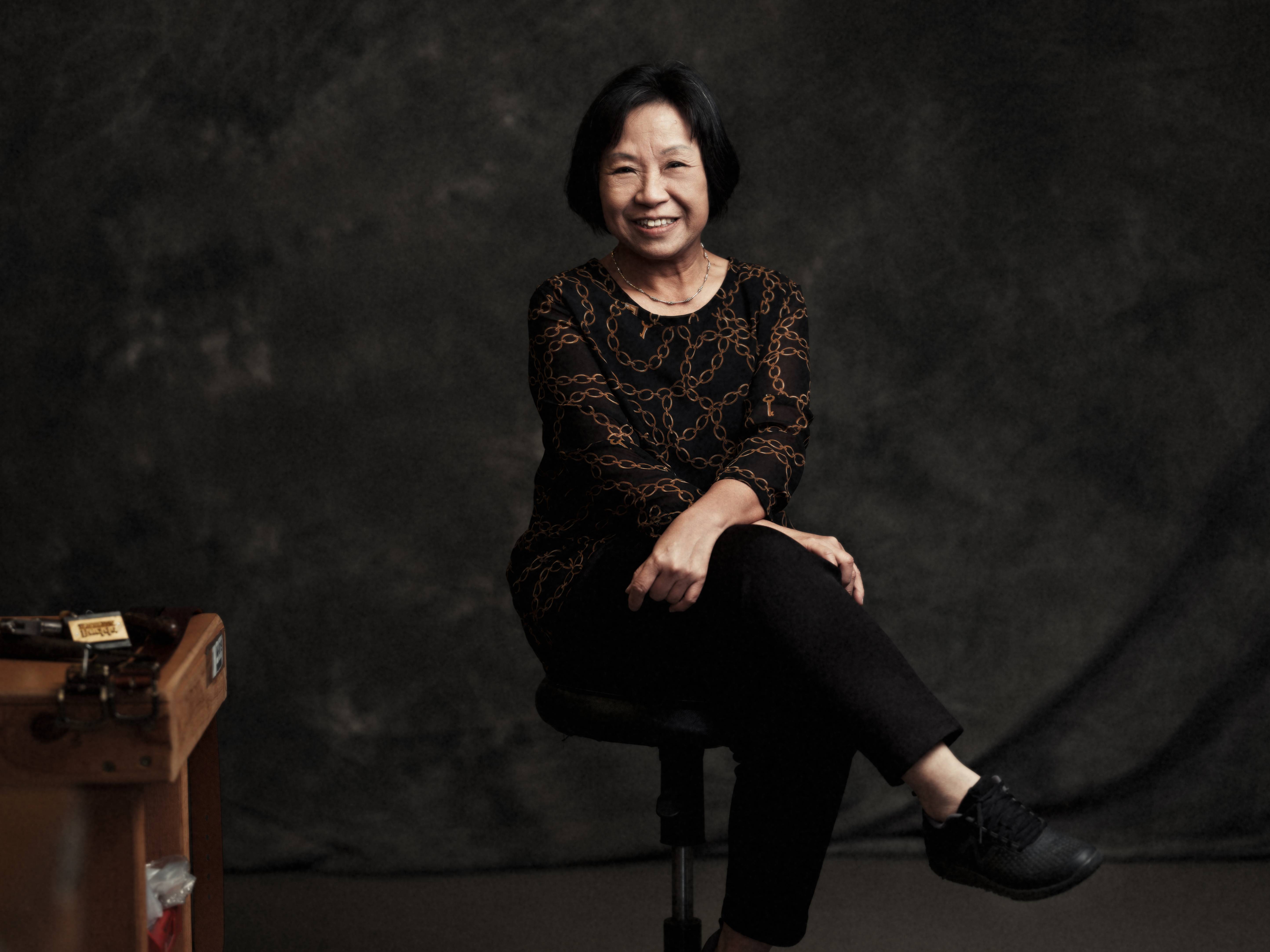Our Craftspeople
At Buckle, our craftspeople are the heart of our business. Behind each handcrafted accessory is a team of skilled craftspeople, and a crafting process we have perfected over 100 years.
14 skilled craftspeople collaborate to produce our Australian made accessories. Our team works together to share knowledge, skills and laughter as we craft Australian heritage every day.
We are passionate about what we do and it shows in our meticulous attention to detail and commitment to high-end, classic quality.
We'd like to introduce you to the skilled craftspeople who handcraft Buckle accessories.
‘I have worked at Buckle for more than 25 years.
Since then, I’ve learnt a lot about manufacturing, and especially the art of picking orders, which is my specialty now.
My role requires a lot of familiarity with our products, as well as their placement on the factory shelves.
The best part about my job is having fun.’
Goretti
Craftsperson (Picking and packing)
Working at Buckle since 1996
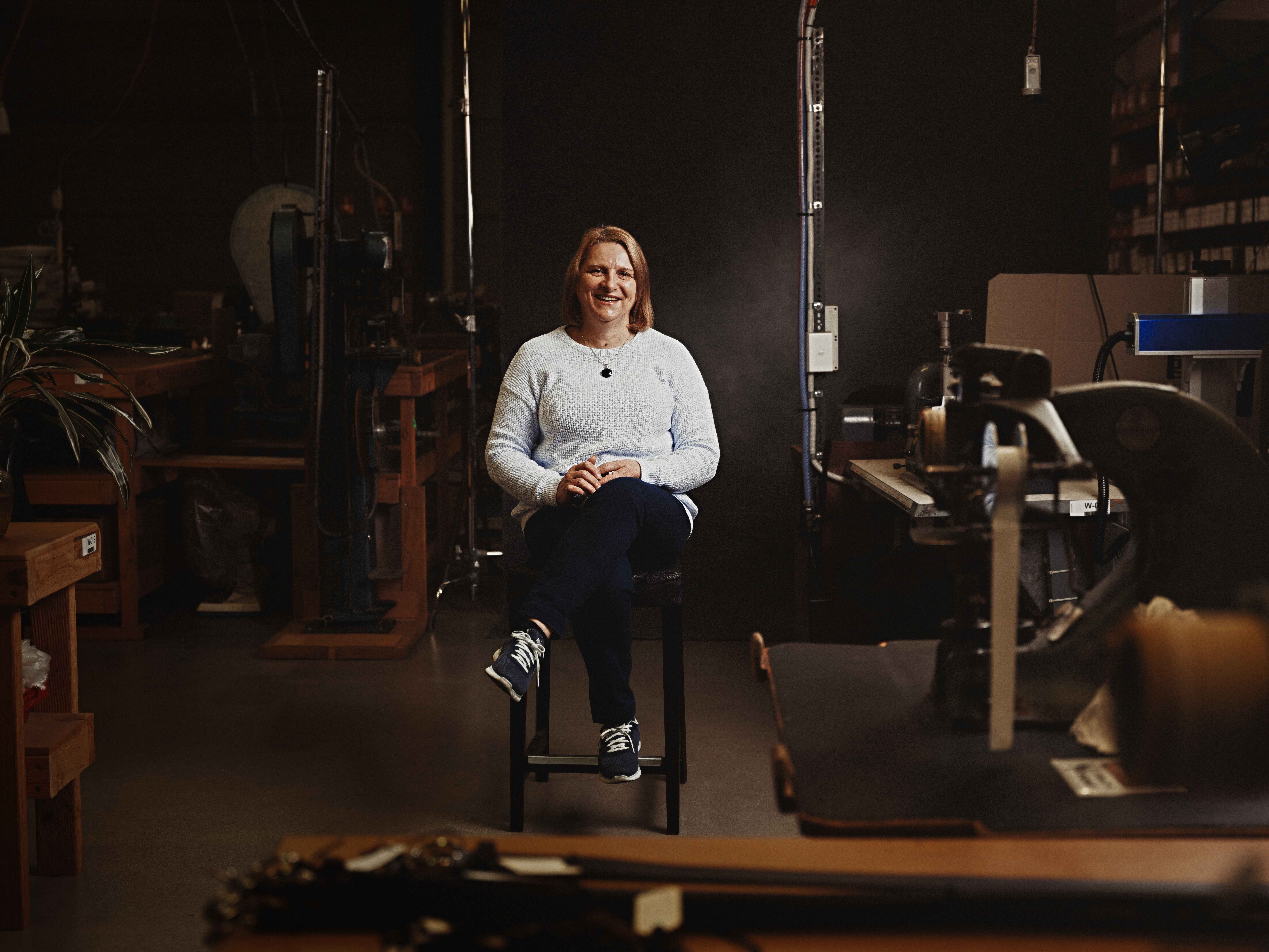
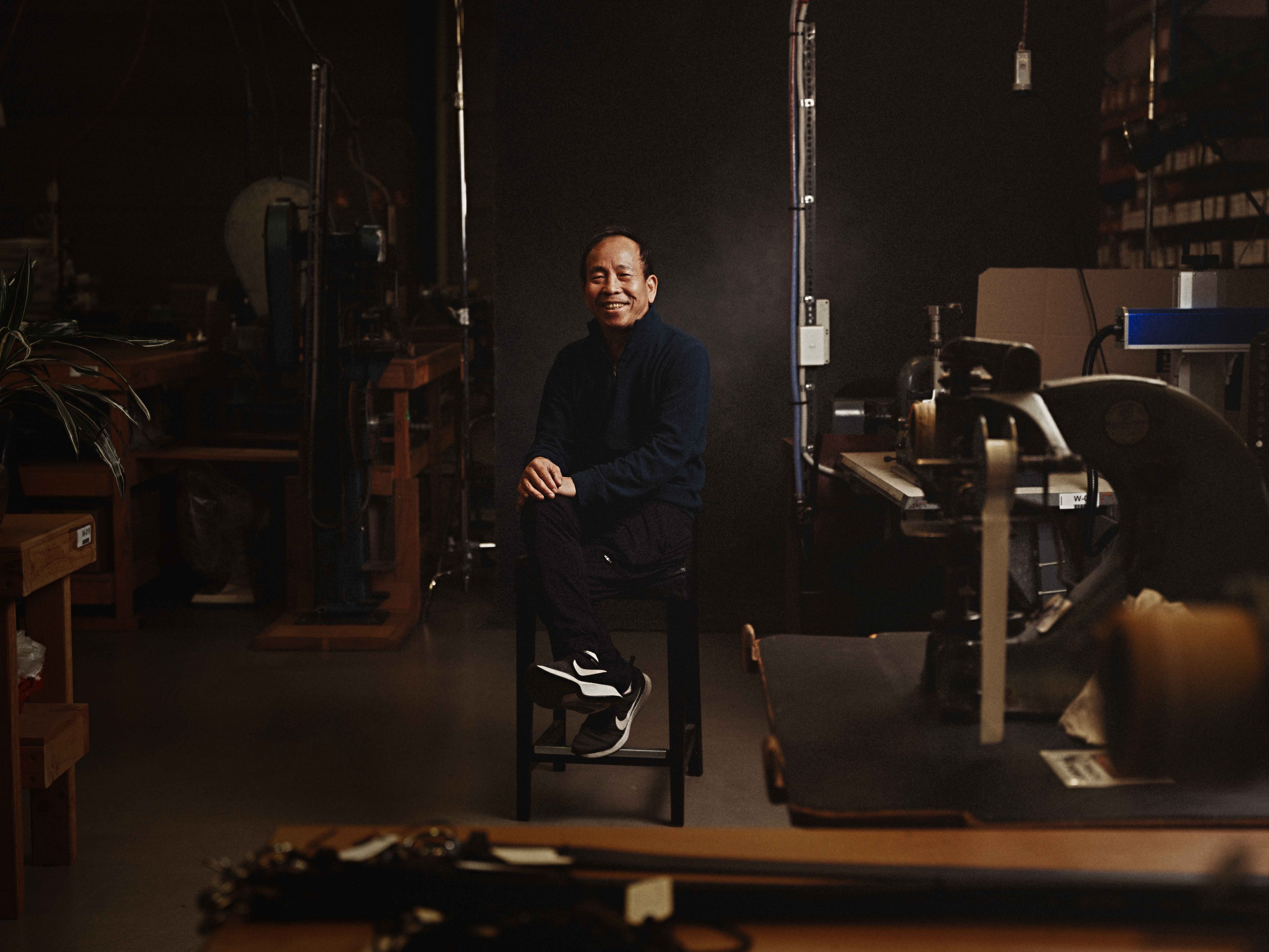
'Since joining the production team, I have learned so much about the process of crafting accessories.
When I started working at Buckle I was helping out with odd jobs around the factory, which led me to learn new skills and crafting techniques over time.
Now I handcraft the leather keepers on our belts, first cutting them to size and then joining them together.
Ken
Craftsperson (Assembly)
Working at Buckle since 2017
‘When I started working at Buckle in 1998, I quickly realized how many processes and machines were involved in crafting a belt from start to finish.
In time, I have learned almost all of them. I have become one of the most experienced craftspeople on the production team, and I feel fortunate for all the skills I have learned.
My favourite part of working at Buckle is being amongst my friends every day.'
Lee
Craftsperson (Sewing)
Working at Buckle since 1998
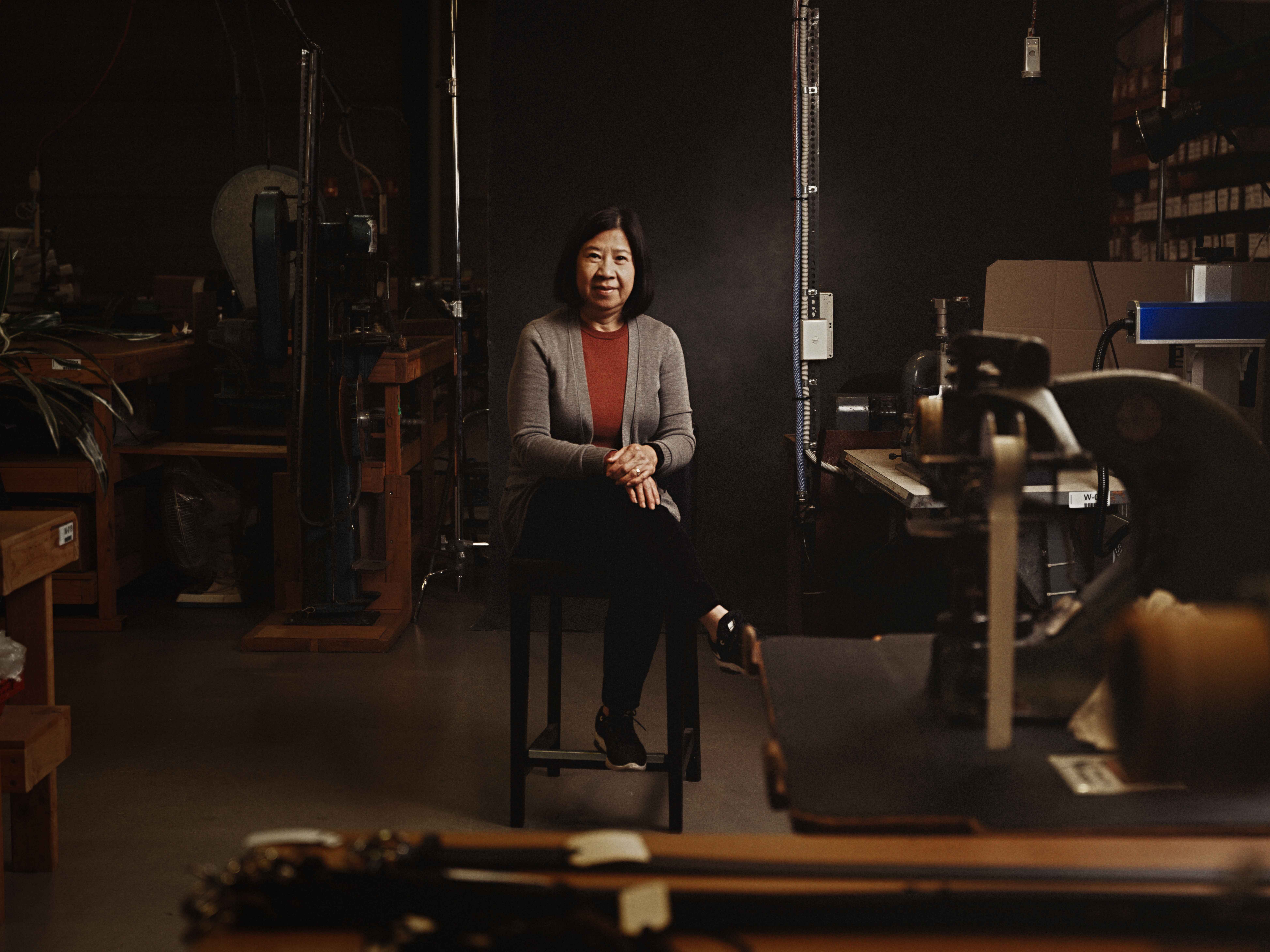
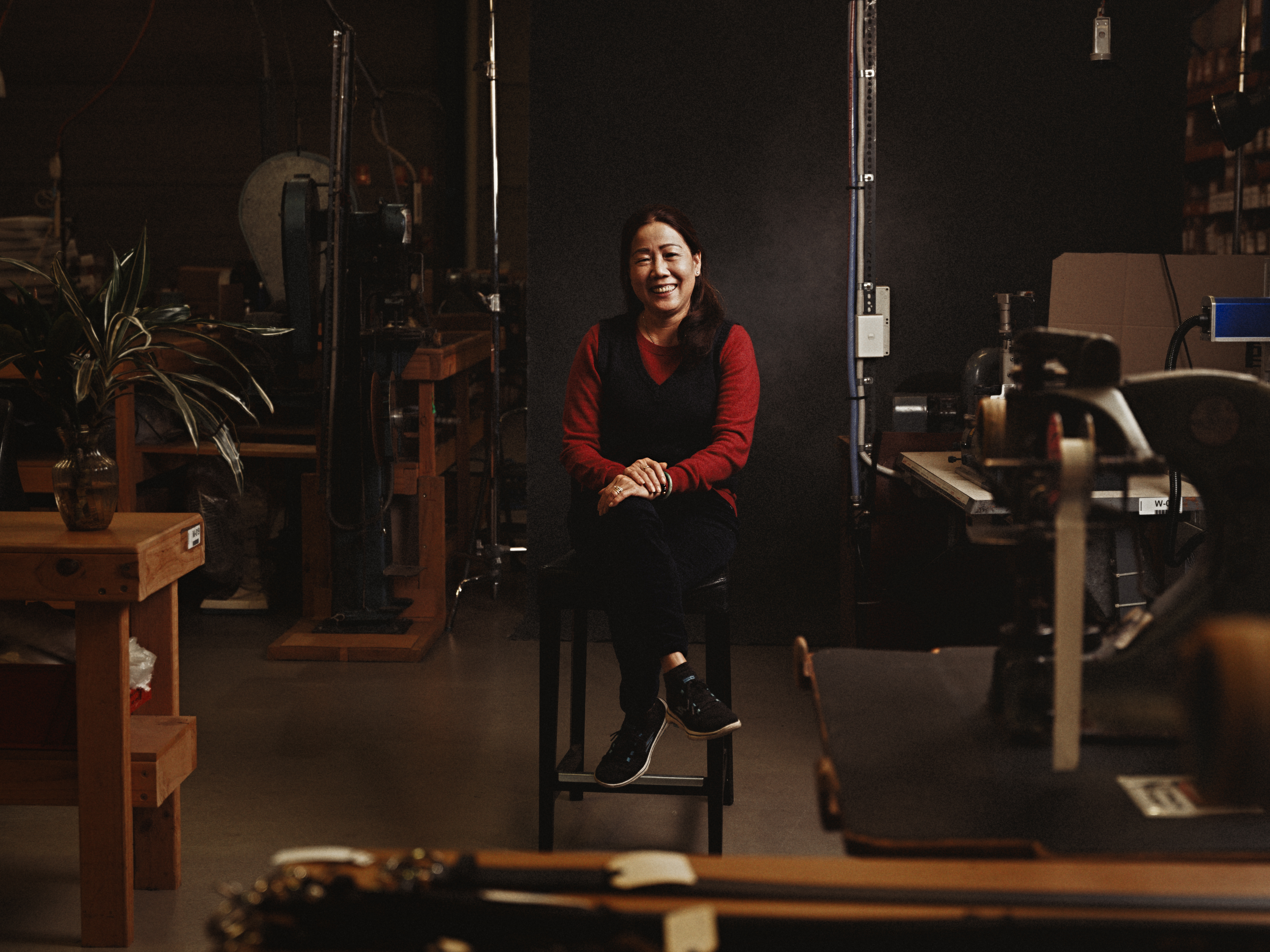
'Since many of us have been working together for a long time, our team has a strong sense of support and collaboration.
The important thing about crafting accessories is attention to detail, so it’s important that we have always felt encouraged to do our best.’
Becky
Craftsperson (Sewing, Bartacking)
Working at Buckle since 1999
‘I have been working at Buckle for over 30 years, since the factory was located in Summer Hill.
I’ve learnt a lot about the crafting process in my time at Buckle. My skills include cutting, gluing, picking and scanning – but never sewing!
I’ve been working here for so long that I’ve made many good friends. It’s been my family.’
Maria
Production Manager, Craftsperson
Working at Buckle since 1990
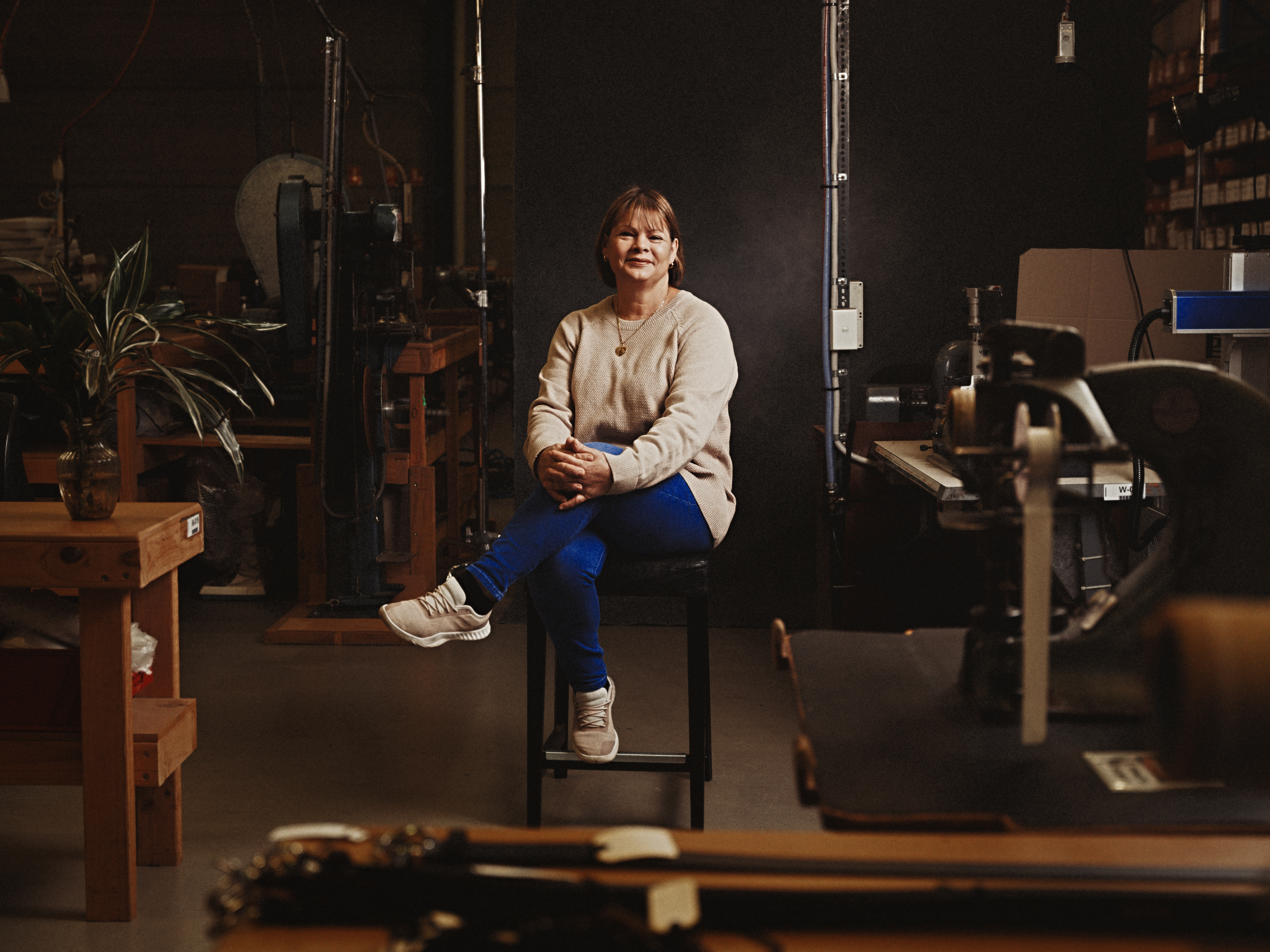
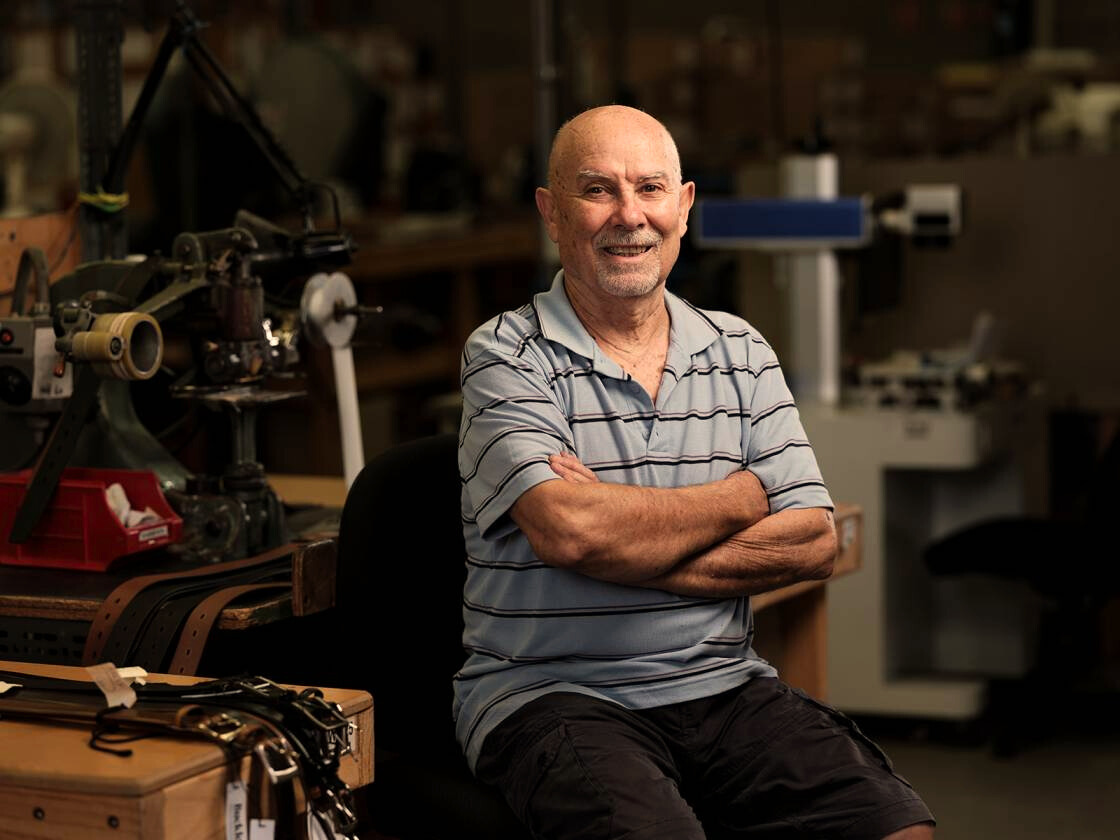
I have worked at Buckle for so many years that, not only can I operate almost every piece of machinery in the factory, I also know how to fix and maintain them too!
I'm known as the "Jack of all trades" in the factory. Making repairs and finding creative solutions is my favourite part of what I do.
Jack
Craftsperson (Skiving, Hole-Punching)
Working at Buckle since 1993
‘The best part about working at Buckle is the people. The only hard part is not getting covered in flecks of cardboard as I assemble the shipping boxes!
I have the most fun at the end of the week, when there are a lot of orders to go out and there’s a steady rhythm for my work to flow.’
Max
Invoicing and Dispatch Clerk
Working at Buckle since 2015
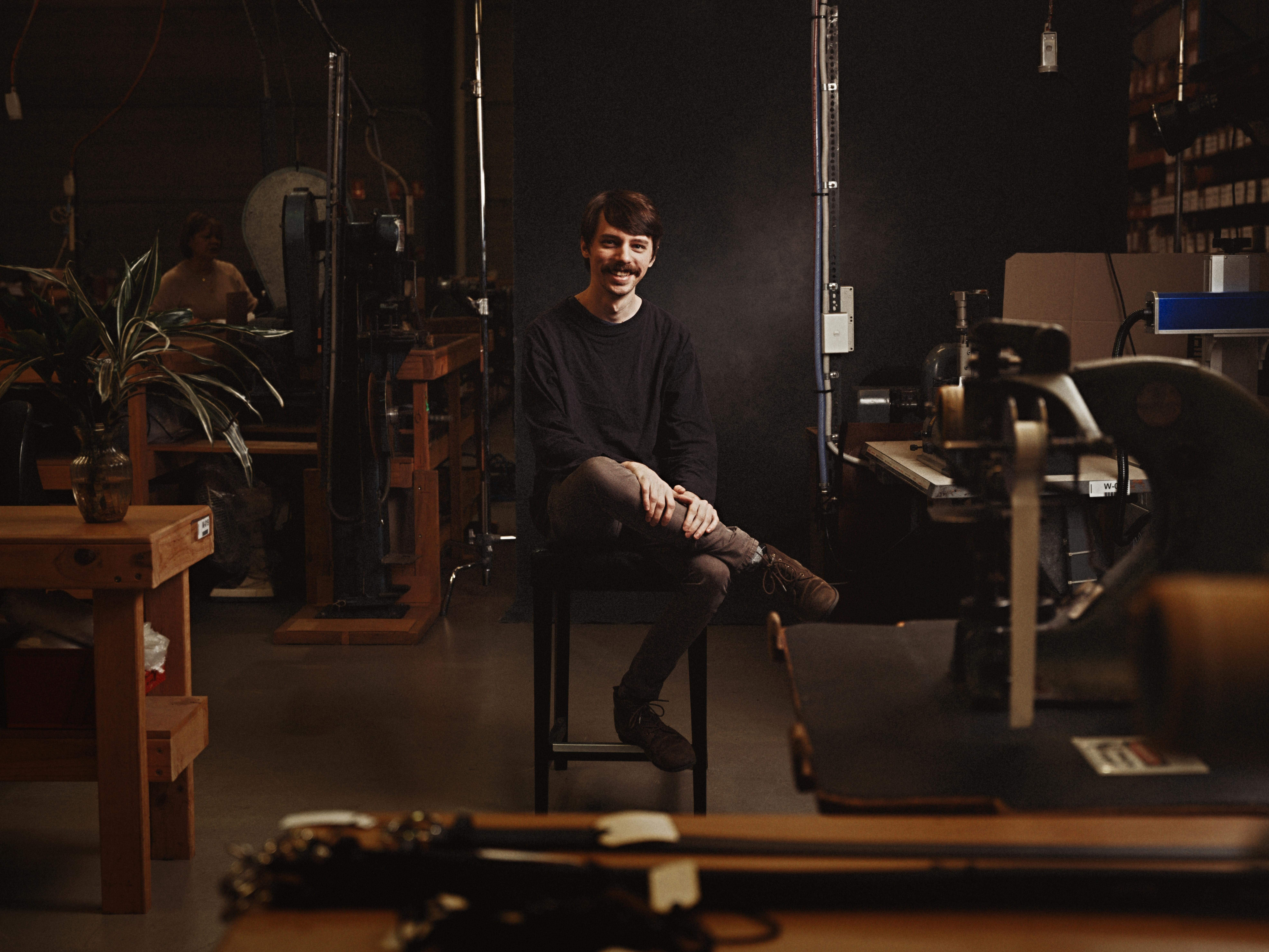
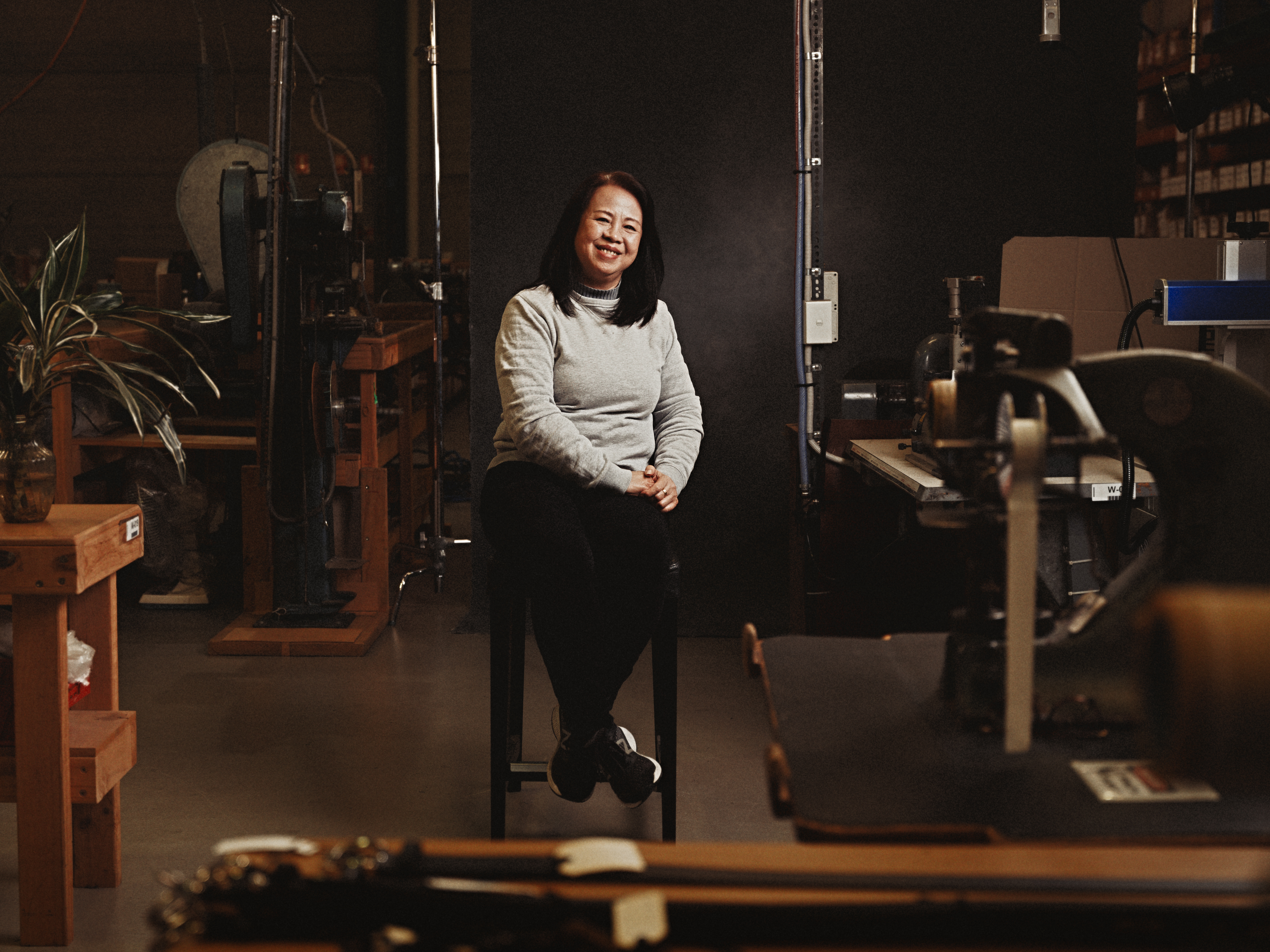
‘My sister had been working at Buckle since 1986, and she was the one who encouraged me to join the production team.
My first role was on the gluing line, where belts made of two pieces are combined and fed through a machine, before being stitched together.
Now I specialise in packing, making sure each order is packed with care before it goes on to be invoiced and dispatched.’
Linh
Craftperson (Picking and packing)
Working at Buckle since 1998
'I have made lifelong friends at work.'
Betty
Craftsperson (Sewing and packing)
Working at Buckle since 2016
